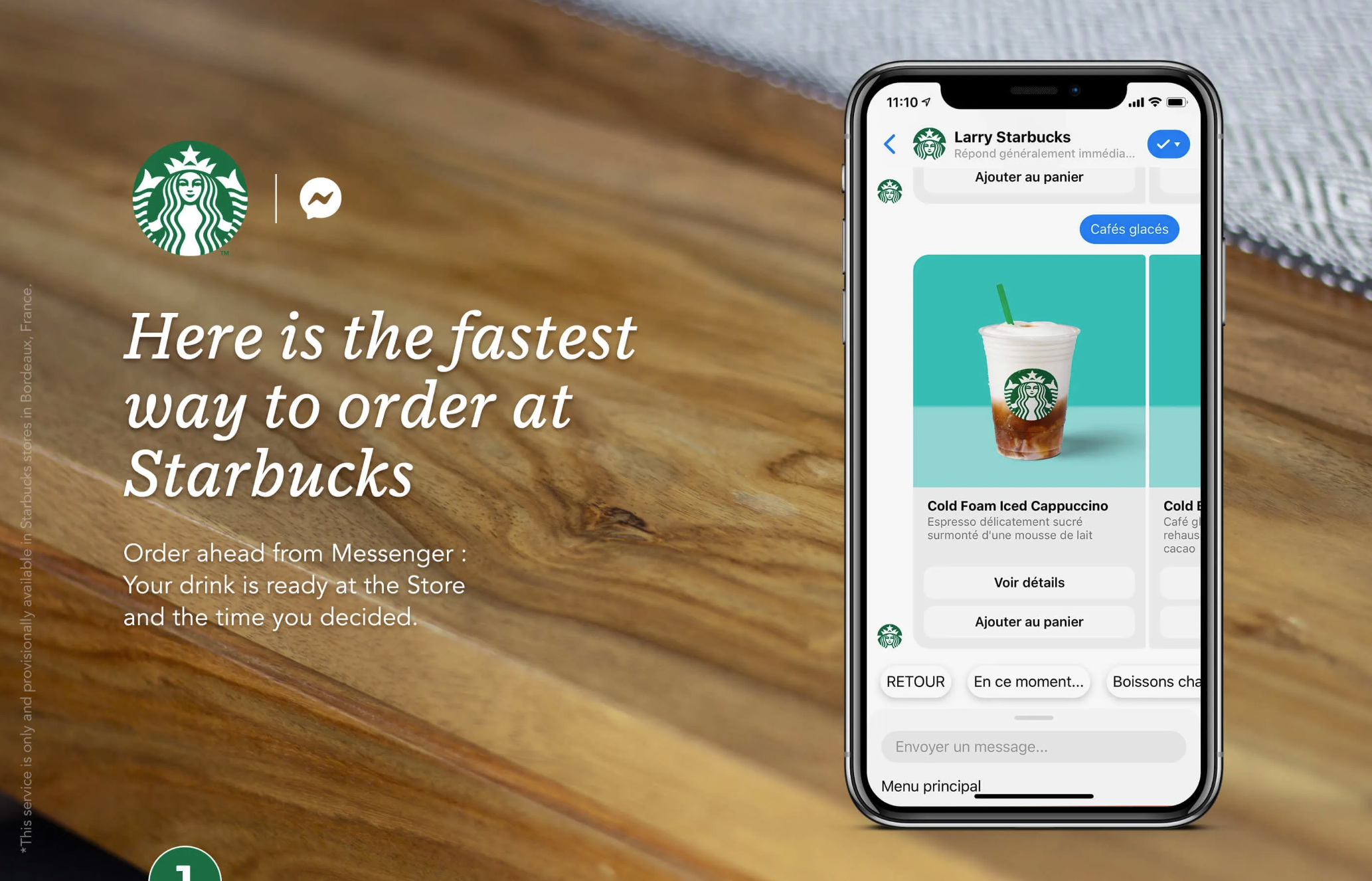The rise of artificial intelligence (AI) has been a game-changer for many industries, and the field of user experience (UX) design is no exception.
With AI, designers can now leverage advanced algorithms and machine learning to improve content creation, website design, and overall user experiences. In this blog post, we’ll explore how AI is being used by businesses to improve their UX design, with real-life examples of companies that are doing it right.
Starbucks innovates coffee ordering with AI
One of the ways that AI is transforming the UX design industry is through the use of chatbots. Chatbots are computer programs that simulate human conversations, and they can be used to answer customer questions, provide support, and even make purchases on behalf of users.

Companies like Starbucks and Sephora have implemented chatbots to enhance their customer experiences, enabling users to order drinks and get product recommendations through chat interfaces. By using natural language processing and machine learning, chatbots can provide quick and accurate responses to customer inquiries, improving engagement and reducing the need for human support.
The Starbucks chatbot program is able to recognise what is being asked and asks follow-up questions to complete the order. The individual orders a “double upside down macchiato half decaf with room and a splash of cream in a grande cup,” and the chatbot recognises and accurately orders the correct product. Once the order is placed, the Barista shows the customer what they have ordered and asks if it is correct. They then inform the customer of the order’s completion time and total cost.
AI: The ultimate copywriting tool
Another way that AI is being used to improve UX design is through content creation. AI-powered tools like Writesonic and Wordsmith can generate articles and written content using natural language processing and machine learning. This can save content creators time and effort, allowing them to focus on higher-level tasks like strategy and planning. Companies like Forbes and The Associated Press have already started using AI-generated content to supplement their human-written articles, with positive results.
How web designers take advantage of AI
AI is also being used to improve website design by analysing user behaviour and preferences. By using machine learning algorithms, designers can gather data on how users interact with websites and create designs that better suit their needs. For example, Adobe is using AI to automatically generate website designs based on user preferences, reducing the time and effort required for designers to create and test layouts. This can result in more personalised and effective user experiences, which can lead to increased engagement and conversions.
In conclusion, AI is rapidly changing the landscape of UX design, offering new opportunities for designers to improve content creation, website design, and overall user experiences. As businesses increasingly adopt AI-powered solutions, UX designers will need to stay up-to-date with the latest developments and techniques in order to remain competitive. By leveraging AI and machine learning, designers can create more effective and engaging user experiences that drive business success.



